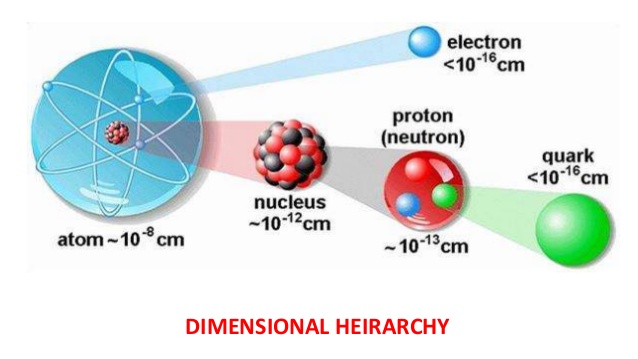Quantum Chromodynamics is a theory of the “strong interaction”. which is a fundamental force between quarks. A constituent of an atomic nucleus like a proton or neutron is called “baryon”, and a baryon is a composite particle made of three quarks.
A quark has a property called “color charge” which is similar to electric charge. There are two types of electric charge, positive (+) and negative (-), and if a positive and a negative charge are combined they become neutral (0). On the other hand, a color charge has three possible values called `red’, `green’ and `blue’. In analogy to the three primary colors of light, combining these three charges, they become neutral (white).
Using the color model, “mesons” can be represented by the relation of `complementary colors’. Mesons are also one of constituent of an atomic nucleus and they are constructed from a quark and an antiquark which is an antiparticle of a quark. The color charges of antiquarks are called `cyan’, `magenta’ and `yellow’, and mesons are made up of a pair of complementary colors. This means that the color charge of mesons is white (neutral).For example, a red colored quark and a cyan colored antiquark combine as a meson. The particles that consist of quarks (and antiquarks) called “hadrons”. Baryons and mesons are different types of hadrons.
There are the other particles called “gluons” which has also color charges. Gluons are elementary particles that transmit strong force between quarks. Since all observed baryons, mesons and gluons have only “white color”, it is considered that color charged particles cannot be isolated and cannot be directly observed.
By the way, leptons (electrons and neutrinos) and photons do not have any color charges.

Leave a Reply